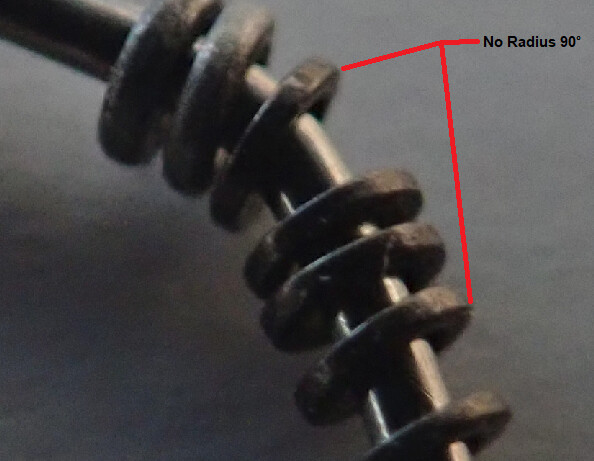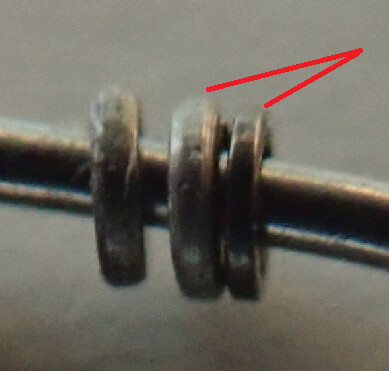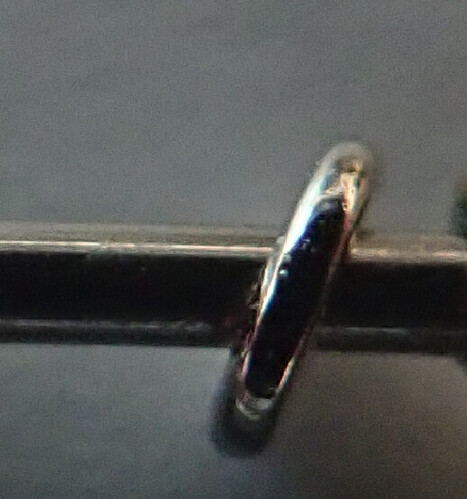I have been having on ongoing issue with tippet breakoffs at a 2mm tippet ring with 5X and smaller tippet when I encounter a snag, and even an aggressive trout in the 10" range. I would much rather have a breakoff of at the fly because of leaving tippet in the environment, the time along with cost to rig both new tippet and a new fly. Typically there is no curly-cue at the break that might indicate a failed knot. I’ve tried different knots at the fly vs the tippet ring but can’t see a pattern that follows the knots. I usually use 2mm rings. I’ve gone to using 4x blood knotted to the end of the fluoro line ending at the a tippet ring to reduce the length of 5X and smaller tippet required. What I haven’t done is extensive testing to determine the cause. I am wondering if, and suspect it is a brand of tippet ring with rough edges or the diameter of the metal of the tippet ring being smaller than that of the hook eye is the problem.
I’ve used 3mm tippet rings for Pacific salmon for fly fishing from the beach (including Chums aka “Dog” salmon that can be tackle busters) and not had failures. I’ve ordered some 2.5 mm rings to see if that makes a difference.
Has anyone else run into this and found a solution?
Ahhh, I found this thread:
but the “in detail” TUSA discussion is long gone. However this post has piqued my interest
@Gressak ,what was the mfg that you found had the problem? Did you provide feedback and have they improved their product? (would you PM me if you don’t wish to disclose publicly?)


